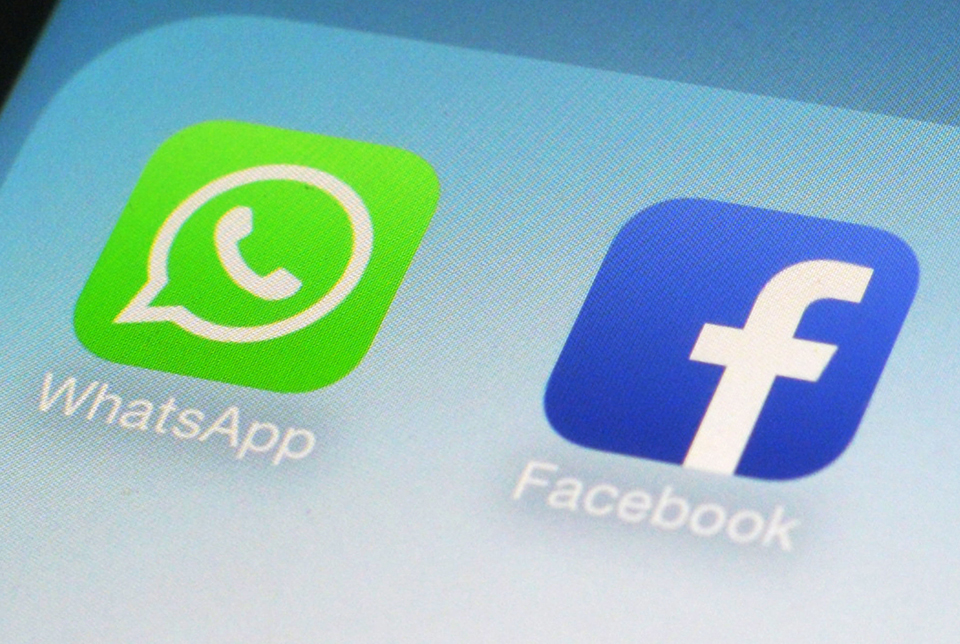
By: Corey Fischer | Student Columnist

Allegheny County is getting dirtier, and not in the “someone get the trash off the streets” kind of way.
Over the past 10 years, the infection rates for sexually transmitted infections (STIs) have increased by almost 50 percent, surpassing the average infection rates within Pennsylvania as a whole as well as the entire U.S. But what is causing this dangerous upward trend?
For one thing, sex education in high school health classes is atrocious. If memory serves me correctly, I learned more about sex from the kids on the school bus than I did in any health class between 6th and 12th grade. And that wasn’t helpful in the slightest.
For years, sex ed in public schools has been a contentious issue since the government funds it, and many school districts and states are forced to teach something called “abstinence only.”
Basically, schools are telling kids to ignore the perfectly natural urges they’re feeling rather than teach them what to do. That’s just giving them free reign to go about it all wrong.
There’s a reason teen pregnancy rates are so high within the United States with 24 out of every 1,000 girls aged 15-19 having had a baby in 2013, according to the Centers for Disease Control and Prevention. This rate is far higher than in other developed countries like Switzerland and the Netherlands.
But a lack of education can’t be the whole issue. Back in 2003, when STI contraction rates were lower, sex ed in public schools was still a contentious issue and was still just as atrocious as it is today. So what has changed?
Two words: social media. And before you overreact, no, Facebook is not going to give you chlamydia. Instead, it will simply take up hours of time you could be spending studying.
In recent years, dating apps have been all the rage. And while there are some people who find their soulmates on sites like Tinder, more people tend to have a much nastier outcome. The “hookup culture” that has been perpetuated by sites like Tinder, OkCupid and Grindr may be what’s making us sicker.
One Allegheny County official in particular, Dr. Harold Wiesenfeld, who runs the county’s STI and HIV program, seems to believe these sites are to blame. Dr. Wiesenfeld recently told the Pittsburgh Post-Gazette that more and more people “believed they had contracted their STI from … anonymous partners they met on a dating app.”
And with statistics and personal experience to back his assertion up – I’m sure you know someone or know of someone who’s had that bad of an experience online too – it’s hard to ignore.
After all, 38 percent of American adults who claim to be “single” or are “currently looking” for partners use these types of apps, and two-thirds of online daters have actually gone out with people they’ve met online. With all those single strangers meeting up, the rate of exchanging more than just phone numbers and flirty texts goes through the roof.
So how can we combat these diseases? Well for starters, use your brain. Staying safe when engaging in any offline activity with people from Tinder and other apps is key. That means knowing who you’re climbing into bed with and using any one of the forms of protection available to both men and women. Better safe than sorry is definitely the way to go.
Lots of things happen when you go online. You risk awkwardly encountering people you know, possibly setting yourself up for heartbreak and maybe even contracting sexually transmitted diseases that can – and will – haunt you for the rest of your life.
In short: Be safe and be smart, boys and girls. You don’t have to delete all your accounts, but no half hour of passion is worth decades of illness.




